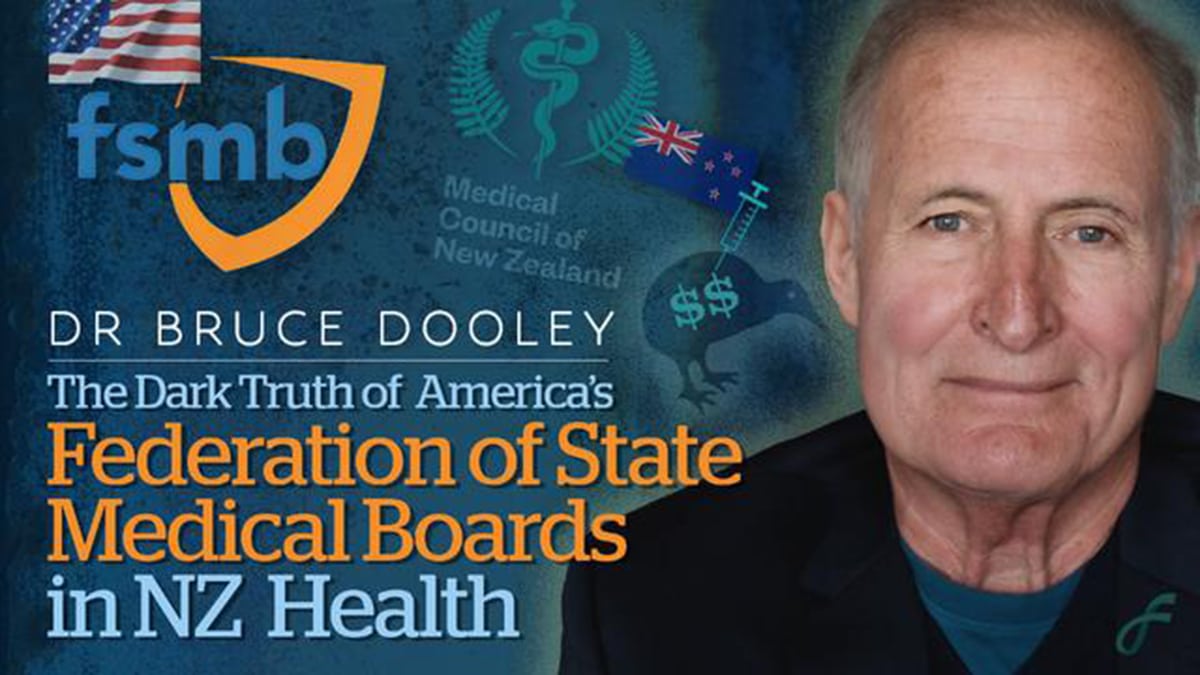
Internal Pharma Documents Reveal Strategies Used to Corrupt the Medical Field
A recent Cochrane Evidence Synthesis and Methods article examines internal pharma industry documents, primarily obtained through litigation. The study finds that the pharmaceutical industry employs numerous ghost management strategies to corrupt research, circumvent and undermine regulations, manipulate consumers, and protect its interests.
The review was conducted by Marc-André Gagnon and Miaoran Dong from Carleton University in Canada. The authors write:
“The scientific literature using internal documents confirmed widespread corporate influence in the pharmaceutical sector. While the academic literature used internal documents related to only a handful of products, our research results, based on ghost‐management categories, demonstrate the extent of corporate influence in every interstice of pharmaceutical markets, particularly in clinical research and clinical practice. It also allows us to better refine the conceptual categories of ghost-management to better map corporate influence and conflict of interest.”
The current research aimed to collect and analyze scientific papers that used internal Pharma documents to understand better how corporate influence affects the pharmaceutical sector. To accomplish this goal, the authors searched eight scientific journal databases (Pubmed, Web of Science, PAIS Index, Business Source, CINAHL, ERIC, ProQuest Political Science Database, and SCOPUS) for articles that used internal pharmaceutical industry documents to understand the industries ghost management strategies better. The final review includes 37 peer-reviewed papers.
Analysis of the articles revealed several common ghost management strategies the pharmaceutical industry utilizes. Ghost management is a system of behind-the-scenes processes by which the industry corrupts researchers, clinicians, and regulatory agencies with gifts and bribes and determines what research will be funded, what scientific journals can publish, and how physicians, etc., will present their product.
The present research reveals eight broad categories of ghost management: scientific capture, professional capture, regulatory capture, media capture, market capture, technological capture, civil society capture, and others.
Scientific capture was the most commonly analyzed ghost management strategy in the current review. 28 of the 37 articles discussed scientific capture. The authors break this category down into five strategies employed by industry to corrupt science for profit. First, ghostwriting is a process in which psy-professionals agree to allow the industry to write/publish research under their name. Second, nondisclosure and selective reporting are when the industry uses its influence to keep negative findings about its products from being published. Third, the industry downplays negative results in clinical trials. Fourth, clinical trials often use a design biased towards positive outcomes for industry products. Last, the industry creates conflicts of interest by presenting gifts/promises of employment/bribes to researchers and journal editors.
Professional capture was the next most analyzed category of ghost management. It was mentioned in 16 of the 37 articles included in the review. The authors identify nine subcategories of professional capture:
- Pharma approaches professionals with promises of titles (key opinion leader) and lucrative speaking fees to promote its products
- Industry operatives use promotional meetings with professionals to increase sales
- Industry operatives encourage the off-label use (using drugs to treat conditions for which there is no evidence of efficacy) of their products
- Funding trials
- Producing clinical education and training materials that are biased toward industry products
- Advertising to healthcare professionals
- Creating conflicts of interest in clinical practice guidelines
- Creating conflicts of interest through gifts
- Creating conflicts of interest through bribes
Six articles discussed regulatory capture. The authors divide this category into four strategies. First, lobbying efforts use industry resources to create laws that maximize industry profit. Second, pharma’s push for “self-regulation. Third, the industry uses gifts, bribes, etc., to create conflicts of interest for people entrusted with regulating their industry. Fourth, there is a revolving door by which regulators are commonly given lucrative positions within the pharmaceutical industry in exchange for getting industry products to market with minimal oversight.
Three articles discuss industry media capture through direct-to-consumer advertising and collaboration with journalists. Four papers discuss market capture strategies, such as Pharma using its resources to influence reimbursement decisions. Two articles discuss technological capture in terms of strategically patenting drugs to prevent generics from entering the market. Four articles discuss civil society capture in which the industry funds patient advocacy groups to increase sales of their product. The last category identified by the authors, “other,” includes willful unlawful activity by industry and using intimidation tactics to prevent whistleblowing.
The authors give the example of Zyprexa to illustrate the reach of the industry’s ghost management system. First, the pharmaceutical industry convinced professionals to allow industry operatives to write “scientific” articles in their names advertising Zyprexa and providing a scientific narrative for their product. Industry encouraged physicians to prescribe Zyprexa for conditions there was no evidence it could be used to treat. Eli Lilly, the company that produces Zyprexa, hid harmful trial data on its product and spun negative results. Sales representatives used psychological profiles of physicians to find “key opinion leaders” they could manipulate into advertising their drug. Eli Lilly also used its influence to create biased education and clinical practice guidelines for physicians around its product.
The authors report several limitations to the current work. The articles were limited to peer-reviewed scientific papers. Investigative journalism and court proceedings could provide insight into industry ghost management strategies. The present research does not include the 2022 disclosure of industry documents related to industry-produced opiates. The authors did not analyze internal documents directly. Finally, all included articles were published in English, possibly missing strategies illuminated by non-English works.
Past research has highlighted the system of ghost management industry uses to sell its drugs at the cost of public health, including ghostwriting articles after condemning the practice. In addition, Pharma uses its resources to buy influence throughout the medical field, creating conflicts of interest in medical research, textbooks, and major medical journals. Research has also found that the industry unethically markets its products through biased medical training in which physicians are encouraged to prescribe industry drugs without considering the consequences.
Regulatory agencies like the FDA commonly collaborate with the industry they supposedly regulate to rush potentially dangerous, ineffective drugs to market. The FDA, alongside industry, uses mob tactics to silence whistleblowers. Research has also shown that regulators commonly accept lucrative positions within the pharmaceutical industry after approving dubiously useful drugs.
Clinical trials are frequently corrupted by industry money, a phenomenon called sponsorship bias. In addition, one piece of research found that less than half of clinical trials comply with laws requiring them to report results accurately.




